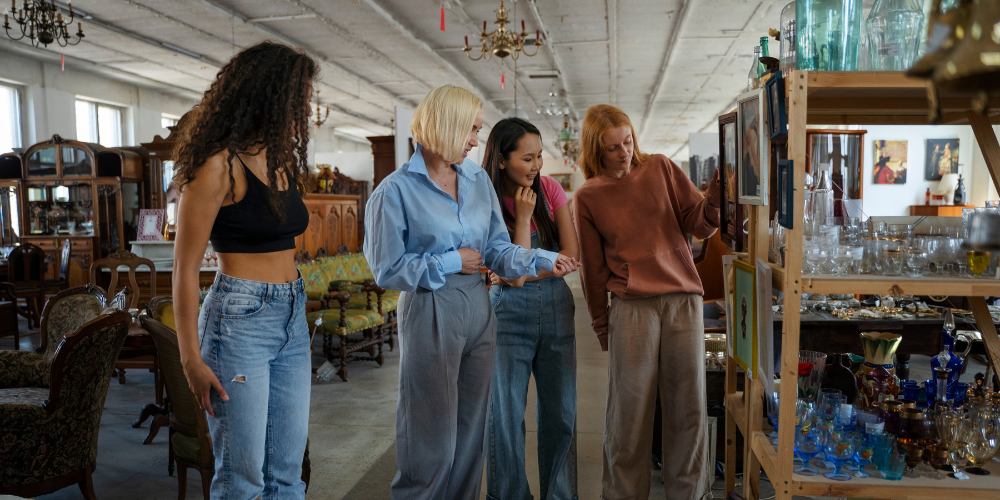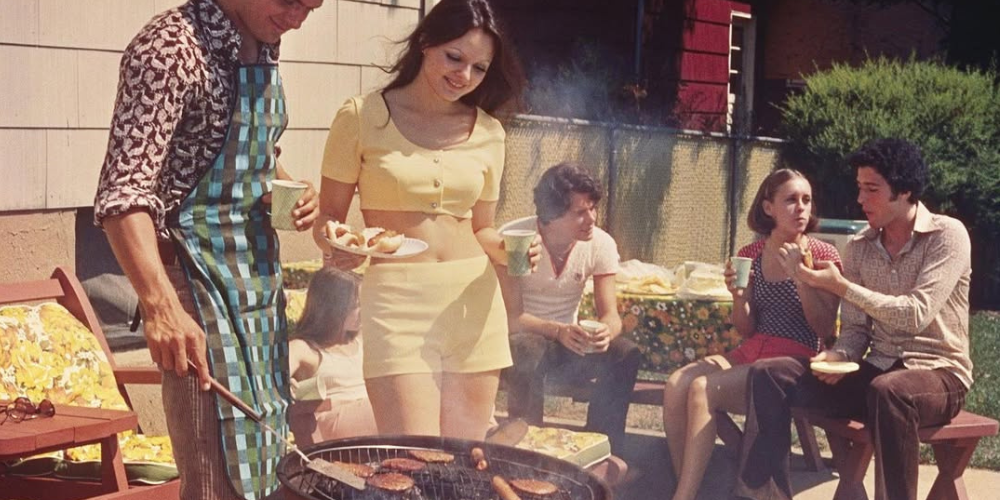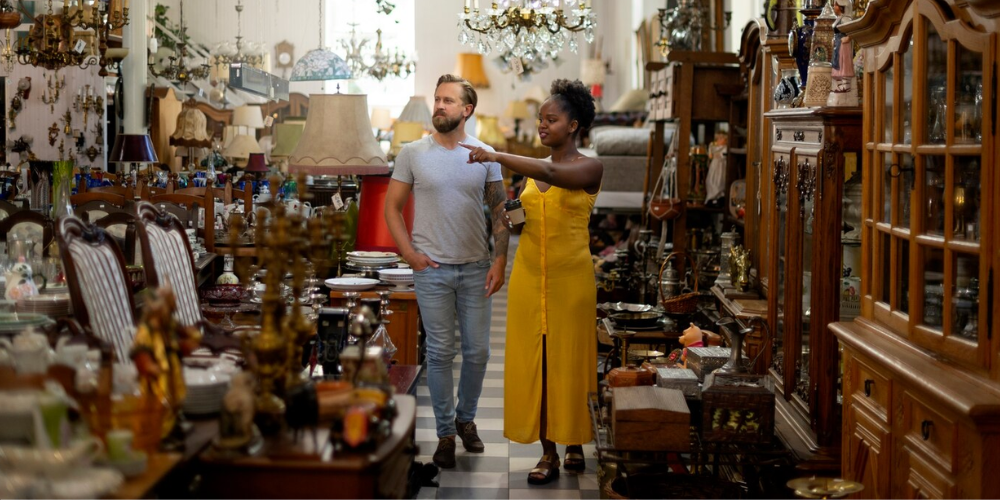Vintage whiskey is a flavor locked in time, made under conditions that no longer exist. Drink a pre-1996 Heaven Hill bourbon and you will taste a different world. These bottles come from old grain varieties, pre-modern stills, and long-lost distilleries.
That is why collectors and drinkers obsess over them. Each bottle is a story, and most of them are impossible to remake.
A bottle of vintage whiskey is basically a time capsule. Prohibition-era bottles like 1932 Old Grand Dad carry flavors shaped by survival and bootlegging. You are not just sipping oak and molasses. Instead, you are tasting cherry cola and even weird stuff like medicinal herbs. Sounds wild, but that is what makes it stand out.
What Makes Vintage Whiskey So Special?
Another reason vintage whiskey matters? It is disappearing. Once someone opens a bottle of Stitzel-Weller or old National Distillers, that is one less in the world. You can’t just make more. These bottles come from shut-down distilleries or before big brands got bought out.
So, every sip is rare. Every unopened bottle becomes more valuable just because someone else already cracked theirs open.
Some distilleries no longer exist at all. Stitzel-Weller is a perfect example. They produced what many call the best wheated bourbon ever made. Once they closed and sold off, that magic recipe vanished. Even if someone bought the brand name, they didn’t get the exact ingredients, the yeast strains, or the Kentucky air that aged those barrels.
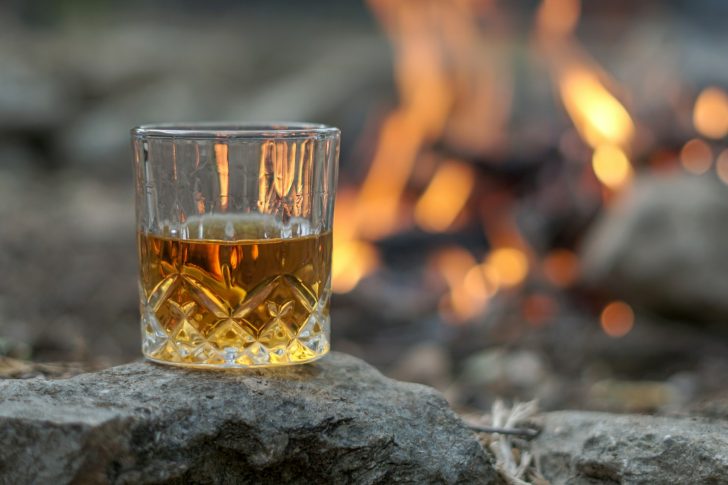
New bottles may be smoother, but older ones are richer. It is the kind of depth that only comes with decades in the dark.
How to Spot the Real Stuff?
First, there are “dusty” bottles. These are about 30 years old or younger, like a 1970s Old Fitzgerald. You can still find them, especially in old shops or forgotten shelves. Then you have got true vintage bottles, aged 30 to 90 years. These come with a unique flavor because of the old grains and water.
Then there is antique whiskey. Over 90 years old, usually from Prohibition or earlier. You will mostly find these in high-end auctions.
So, where do you actually get this stuff? Start with trusted retailers. Some specialty shops like Baxus.co or 1 West Dupont Wines know what they are doing. They check everything, like labels, tax stamps, and fill levels. If you are spending serious money, you want to know you are not buying a fake. Reputable retailers do the homework for you.
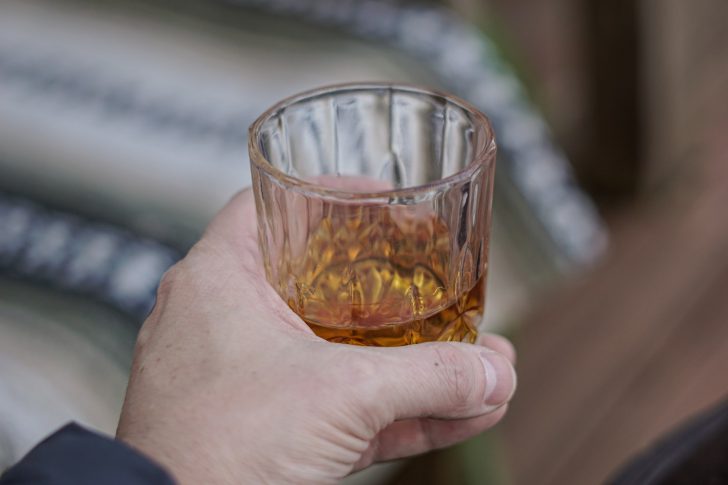
That is because collectors are hungry, and the supply is shrinking. These auctions also come with fees, so budget a little extra.
Want a cheaper route? Go digging through estate sales. Sites like EstateSales.net or even Facebook Marketplace can lead you to grandma’s liquor cabinet. People often don’t realize what they have. If you know what to look for, you can score big for way less than market value.
Of course, you need to know how to spot the real deal. First, check the fill level. Too much evaporation and it is a dud. Look at the label, too. The paper, ink, and glue should match the era. You might even find old tax stamps. Those are gold. Pre-1985 bottles often have them across the cap. Some glass bottles show the year in tiny numbers near the base.


